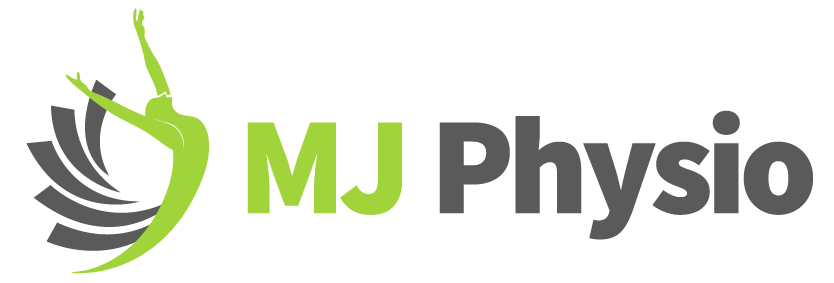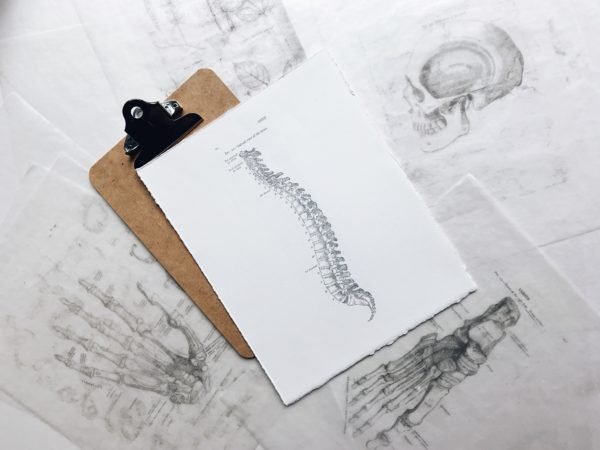Introduction to Lower cross syndrome
Lower Cross Syndrome is basically a neuro-muscular condition; the patient suffers with weak muscles or tight muscles. The tight muscles that involves the thoracolumbar extensors and hip flexors whereas the weak muscles are the abdominals and gluteus maximus. The term ‘Lower Cross Syndrome’ is coined from the muscular dysfunction which is present in the lower portion of the body.
The word ‘cross’ is due to a combination of tight muscles and weak muscles, which from a side view are seen as the letter ‘X’. This syndrome is characterized by:
- Tight erectus spinae muscles
- Weak abdominals
- Tight Iliopsoas
- Weak gluteus medius and maximus
- Anteriorly tilted pelvis
- Tight rectus femoris
The postural effects of this condition are witnessed by an excessive forward tilt of the pelvis which coincides with an increased lower-back arch. The uneven pull of muscles may affect beyond the lumbo-pelvic-hip region. If this happens, the back muscles and hamstrings will have to work harder that leads to hamstring injuries and injuries in the lower back.
Pain is not a part of this condition but if this condition has existed for a prolonged period, the patient experiences low back pain; due to the tightness of the lower back extensor musculature and the psoas major and due to the compression on the facet joints of the lumbar spine. This condition is called facet syndrome.
If facet compression is symptomatic, the patient’s pain pattern will increase with extension in the lumbar spine. Pain might also be experienced in anterior and medial hip joint regions. If not resolved for a long time, the development of upper crossed syndrome and all its sequelae are likely to occur as a consequence of lower crossed syndrome.
Also See: Class 4 Laser Physiotherapy
Possible Causes leading to Lower Cross Syndrome:
- Standing Posture
- Sitting Posture
- Sleeping Posture
- Bloated Abdomen
- Joint Stacking
Assessment for Lower Cross Syndrome
Patients suffering with lower cross syndrome often describe a pain in the lower back. An increased pain is observed by prolonged standing and is relieved by flexion. There is no radiation of pain and no neurological symptoms except in case of associated piriformis syndrome where the patients experience sciatic pain. The patient often faces difficulty in lying with legs extended and prefer to lie with bent knees.
The LCS can be detected by analysis of the posture. Functional tests to detect pelvic cross syndrome are:
- PROM-passive range of motion: often negative.
- AROM-active range of motion: extension of lumbar leads to increased pain whereas trunk flexion relieves it.
- RROM-resisted range of motion: usually positive for affected muscles. Length tests indicate muscle weakness (viz. gluteal muscles, abdominal muscles) and shortness (viz. rectus femoris, erector spinae, iliopsoas, quadratus lumborum) respectively.
Also See: Lower Level Physiotherapy
Special tests for the Detection of Lower Cross Syndrome are:
- Kemp’s test
- Thomas Test
- Forward Bending Test
- Gluteus Maximus Strength Test
- Psoas Major Strength Test
- Schober’s test
Treatment of Lower Cross Syndrome
Lower Cross Syndrome should not be left untreated. It is a chronic condition that leads to significant problems throughout the body. If these muscle differences are left untreated, the surrounding joints and muscles may undergo changes. Flexibility, strength and range of motion decrease subsequently, that leads to degenerative changes and extensive pain in the lower back.
Treatment from a musculoskeletal specialist is key to addressing the specific problems in the body. Muscular adhesions and trigger points will develop and are to be removed. Manual treatment is to be followed by specific strengthening and stretching exercises to prevent future injury and to further restore strength and function.
Also See: IMS Treatment Vancouver
Exercises for Lower Cross Syndrome
The following exercises can be done to cure Lower Cross Syndrome to an extent. Doing these exercises can decrease the chances of one to suffer from this condition.
- Hip-flexor stretch
- Squats
- Planks
- Seated lower back stretch
- Kneeling hip extension
- Pelvic Tilt
- Lunges
- Quadratus Lumborum stretch
- Glute Bridge
- Standing posterior pelvic tilt
Habits to inculcate to avoid Lower Cross Syndrome
The following habits can be inculcated in order to avoid Lower Cross Syndrome.
- Reduce weight: Reduce your belly that will change the centre of gravity.
- Corrective Exercises: There are many, the best ones are listed above.
- Spatial awareness habits: Pay attention to posture habits.
- Massage: Relaxes tight muscles as well as releases the trigger points.
- Chiropractic: Helps restoring the flexibility of the joint and neuromuscular control.
- Reduce digestive distress: Try to avoid gluten as it causes our distended abdominal problems.




Post Comments